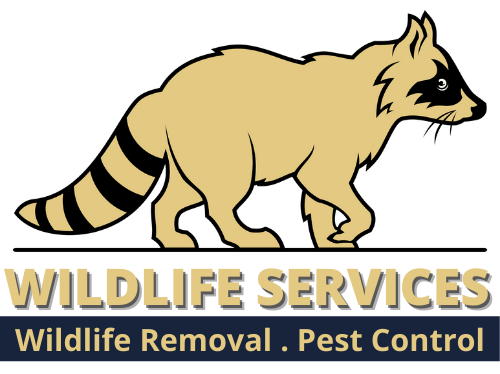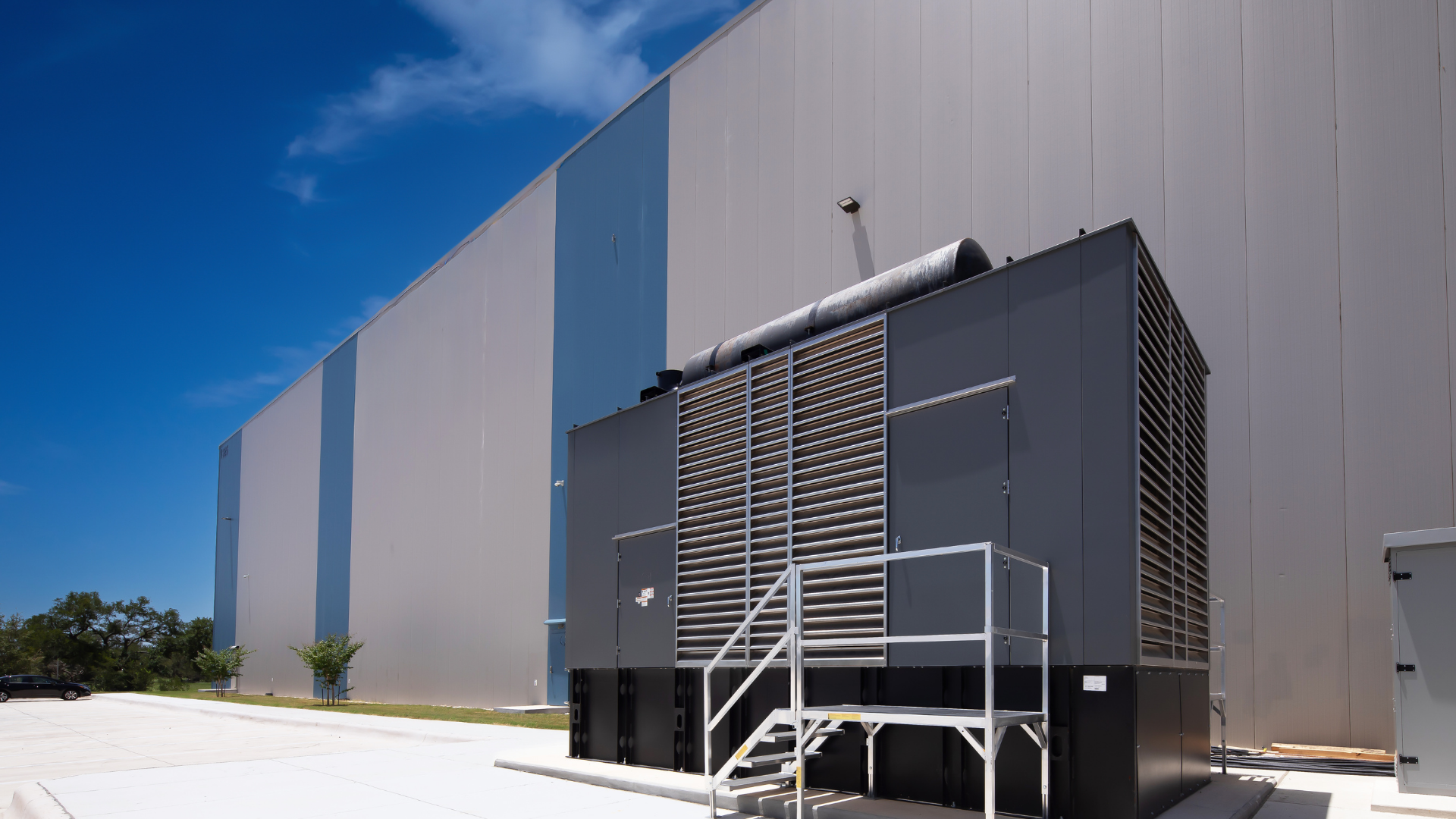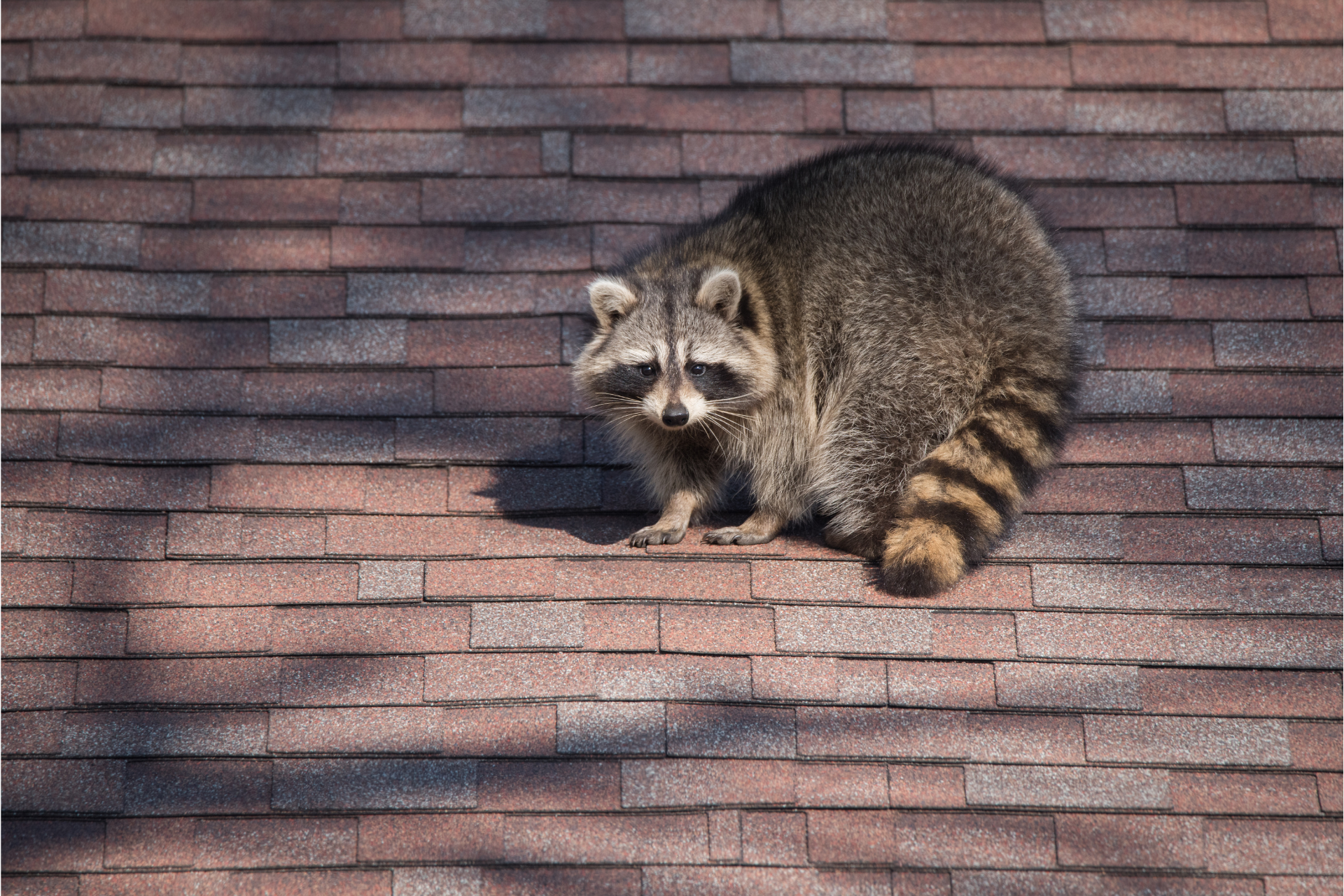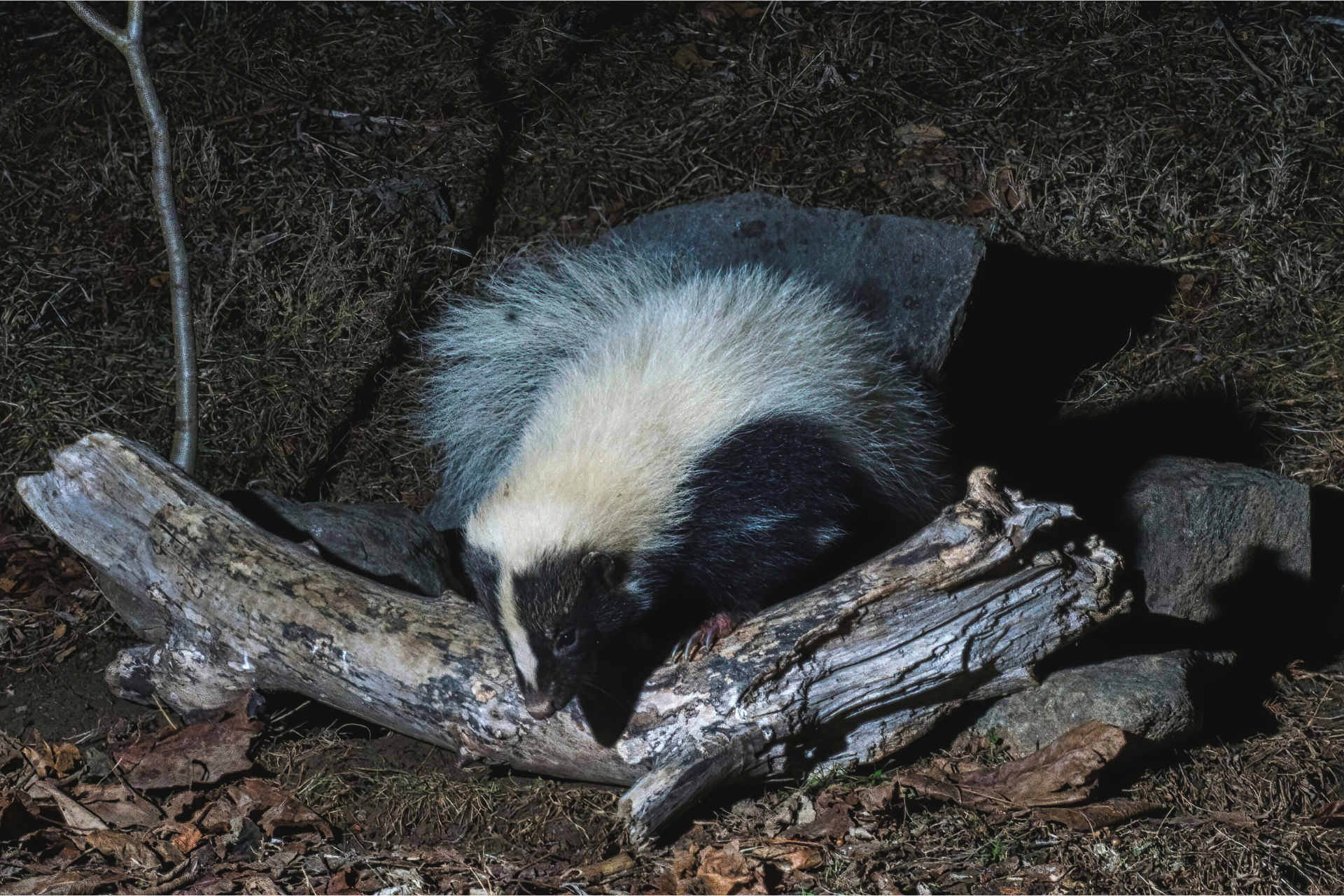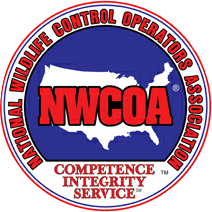The Role Of Wildlife Removal In Property Maintenance
Why Animal Control Matters For Long-Term Structural Integrity
It doesn’t take a major infestation to set the stage for major damage. All it takes is time—and just a handful of unwelcome guests. When animals like raccoons, squirrels, bats, or rodents make their way into attics, crawl spaces, or wall voids, the signs might not be immediately obvious. A bit of scratching in the walls or droppings in the attic might seem like a minor annoyance at first. But behind the scenes, those seemingly small issues can evolve into serious structural problems that don't just threaten comfort—they threaten the stability of the entire home.
Wildlife doesn’t just take up space. It chews, nests, burrows, and contaminates. Wiring, insulation, wood framing, ductwork, and even plumbing are all fair game. With repeated access or prolonged presence, damage accumulates. Chewed wires may increase the risk of fire. Compromised insulation loses its efficiency. Over time, moisture build-up from urine, feces, and ripped vapor barriers can lead to wood rot and mold development. This combination quietly degrades a home’s bones—and by the time symptoms reach a critical point, the repairs can be massive.
Rooflines, Rafters, And Rot: How Wildlife Works Its Way In
The most common entry point for animals into a structure is the roofline. Squirrels gnaw their way through wooden soffits. Raccoons peel up shingles or pry open attic vents. Bats and birds exploit gaps as small as half an inch to settle into eaves or behind siding. Once they’re in, the damage isn’t limited to the surface.
Rafters and roof decking become nesting platforms. Insulation becomes bedding or gets shoved aside altogether. Droppings accumulate, and the acidity from urine begins to eat away at wooden beams. If moisture becomes trapped in the space—as it often does when insulation is disturbed and ventilation patterns are broken—mold spores take hold. Over time, that rot creeps through the roof’s support structure. In colder climates, this process can be exacerbated by freeze-thaw cycles, which place additional stress on weakened wood and joints.
Roof integrity issues can also lead to secondary problems like ice dams, leaks, and collapsed drywall. When animals disturb roofing materials or ventilation systems, the temperature regulation of the attic shifts. This can result in uneven melting of snow and ice buildup that pushes water beneath shingles. Eventually, moisture finds its way down into ceilings and walls, damaging insulation and sheetrock along the way. What started as a simple access point becomes the source of an expensive repair.
Even once the animals are gone, the lingering effects of their presence remain. That’s why it's not enough to just remove the intruders. Repairs and reinforcements are essential, not only to fix what’s been damaged, but to prevent re-entry. Without those steps, it becomes a revolving door of infestation and patchwork solutions.
From Pipes To Foundations: How Deep The Damage Can Go
One of the more overlooked areas where wildlife causes problems is in and around plumbing and foundations. Rodents in particular, with their compulsive need to gnaw, pose a unique threat to plastic pipes and insulation jackets. A chewed water line in a crawl space might go unnoticed until the leak spreads into walls or flooring. And when water mixes with organic debris like nesting materials, it creates a perfect storm for decay.
In older homes, vent stacks, crawl space access points, and cracked foundations offer animals easy access. Once inside, they dig, tunnel, and carve out spaces that weren’t designed to be voids. Structural supports may be undermined or weakened by years of gnawing or burrowing. If left untreated, this deterioration has the potential to disrupt the balance of the home—leading to uneven floors, shifting walls, or worse.
Even the vapor barriers and insulation installed in crawl spaces for energy efficiency can become saturated and ineffective due to wildlife activity. This doesn’t just affect heating and cooling bills. It impacts moisture levels that directly influence the integrity of the support beams under the house.
It’s not unusual for rodents or larger animals to displace soil around a foundation while trying to create shelter, either. This undermines the compacted earth that helps hold a structure level. If enough soil is disturbed over time, slab settling or cracks in the foundation can result—issues that often go unnoticed until doors start sticking or floors begin to slope.
The Case For Proactive, Professional Intervention
What makes animal-related structural issues so tricky is their ability to remain largely invisible until the situation becomes severe. While most people might notice raccoons in the attic, they rarely consider that those same animals could be weakening the roof supports. A family of mice under the floorboards might seem like a minor problem—until moisture damage from their activity starts compromising joists or ducting.
This is where professional animal control makes a lasting difference. It’s not simply about trapping and relocating. It’s about identifying the hidden entry points, assessing the extent of the damage, and putting long-term solutions in place. That might mean installing new vent screens, sealing gaps with chew-proof materials, replacing soiled insulation, or repairing weakened support structures.
More importantly, professionals understand animal behavior. They can read the signs others might miss, and they know what to look for before it turns into a costly problem. By working with a wildlife control expert, property owners can get ahead of the curve—preventing intrusions before they happen, and addressing minor concerns before they spiral into major repairs.
Routine inspections are another tool often overlooked. Just as people maintain HVAC systems and roofing, checking crawl spaces, attics, and vents for wildlife activity can be a powerful preventive step. A trained technician can spot weak points, recent chewing, or signs of nesting well before they cause irreparable damage. That kind of foresight helps extend the life of critical components and saves money in the long run.
At Wildlife Services, we’ve seen how fast a small issue can grow into a structural nightmare. Our team specializes in comprehensive wildlife removal, exclusion, and remediation—not just chasing animals out, but helping restore the integrity of the homes and buildings they’ve damaged.
Whether you’ve spotted signs of activity or just want peace of mind that everything’s holding up behind the scenes, contact us today. We’re here to assess, repair, and protect the places you count on. Long-term stability isn’t just about keeping animals out—it’s about making sure what’s inside stays strong.
Contact Wildlife Services today to schedule an inspection or learn more about how we can help preserve your property for the long haul.
